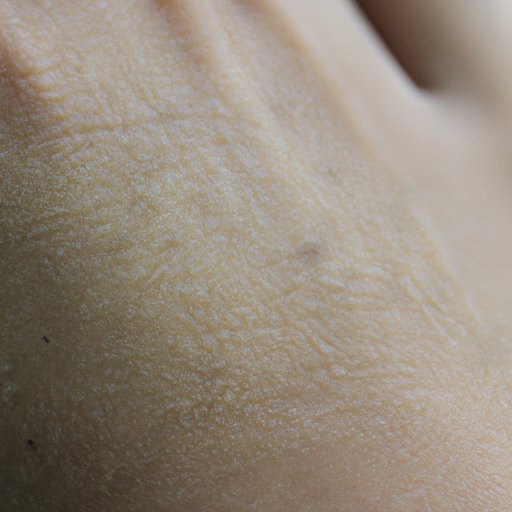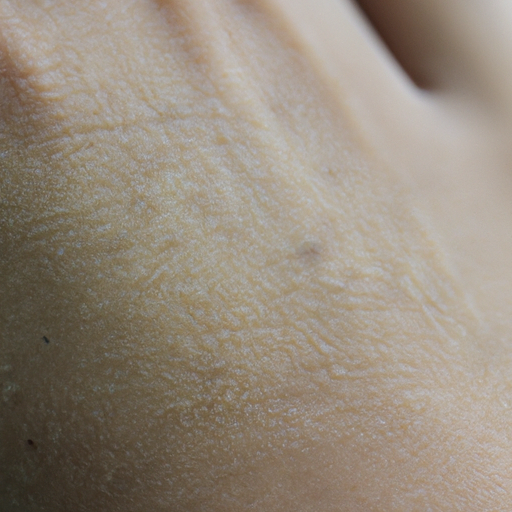Unmasking Radiance: The Essential Guide to Face Exfoliation
The pursuit of radiant, healthy skin is a universal endeavor. However, the path to achieving this goal is often shrouded in mystery, with numerous skincare products and routines promising miraculous results. One of the most effective and scientifically proven methods to reveal a glowing complexion is face exfoliation. This article aims to demystify the process of face exfoliation, highlighting its importance and providing a comprehensive guide on how to do it correctly.
Exfoliation is the process of removing dead skin cells from the surface of your skin. Our skin naturally sheds these cells every 30 days or so. However, this process can slow down due to factors such as aging, environmental stressors, or certain skin conditions. When dead skin cells accumulate, they can clog pores and cause dullness, uneven skin tone, and breakouts. Regular exfoliation helps to prevent these issues, revealing fresher, brighter skin underneath.
There are two main types of exfoliation: physical and chemical. Physical exfoliation involves using a scrub, brush, or other abrasive tools to manually remove dead skin cells. On the other hand, chemical exfoliation uses acids or enzymes to dissolve these cells. Both methods have their pros and cons, and the choice between them largely depends on your skin type and sensitivity.
Physical exfoliators are readily available and easy to use. They can provide immediate results, leaving your skin feeling smooth and refreshed. However, they can be too harsh for sensitive or acne-prone skin. Over-exfoliation can lead to redness, irritation, and even damage to the skin’s protective barrier.
Chemical exfoliators, such as alpha-hydroxy acids (AHAs) and beta-hydroxy acids (BHAs), offer a gentler alternative. They work by loosening the bonds between dead skin cells, allowing them to be easily washed away. AHAs are water-soluble and work best for dry or sun-damaged skin, while BHAs are oil-soluble and are ideal for oily, acne-prone skin. Despite their name, chemical exfoliators can be less irritating than physical ones, as they do not involve any scrubbing or tugging on the skin.
Regardless of the type of exfoliation you choose, there are a few key guidelines to follow. First, always start slow. Begin with once or twice a week, and gradually increase the frequency if your skin tolerates it well. Second, always moisturize after exfoliating. Exfoliation can leave your skin feeling dry, so it’s essential to replenish its moisture immediately. Lastly, always wear sunscreen. Exfoliation can make your skin more sensitive to the sun, so protecting it is crucial.
In conclusion, face exfoliation is a vital step in any skincare routine. It helps to remove dead skin cells, unclog pores, and reveal a brighter, more radiant complexion. Whether you prefer physical or chemical exfoliation, the key is to do it gently and consistently. Remember to moisturize and protect your skin from the sun after exfoliating. With these tips in mind, you’re well on your way to achieving healthy, glowing skin.
Unmasking your radiance is not a one-time event but a journey that requires patience and consistency. By incorporating exfoliation into your skincare routine, you’re taking a significant step towards revealing your skin’s natural glow. So go ahead, shed those dead skin cells, and let your true radiance shine through.




